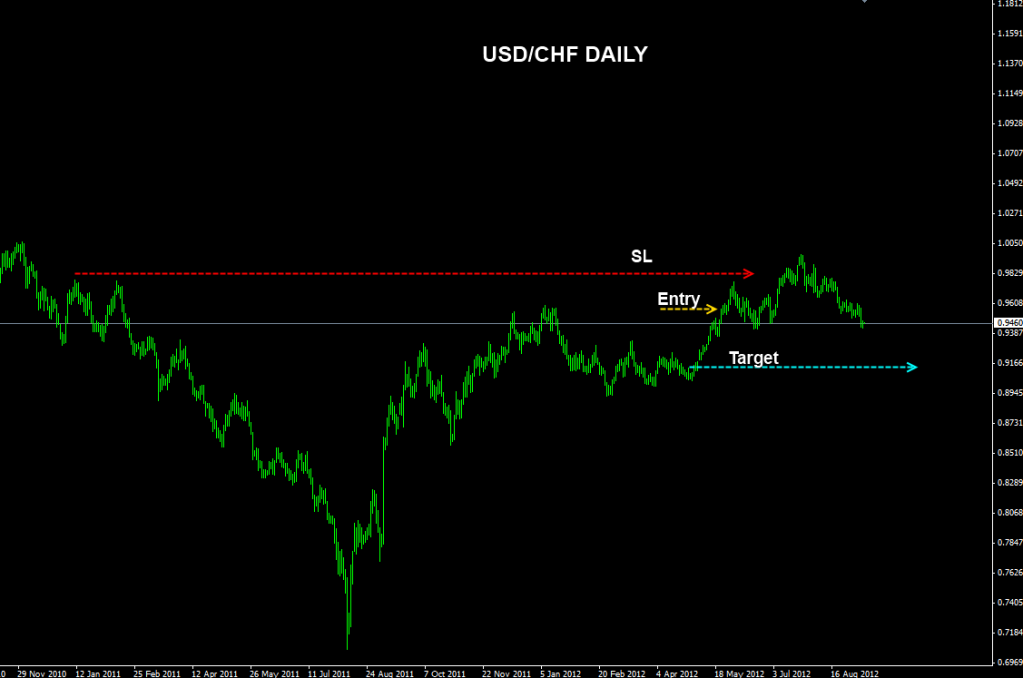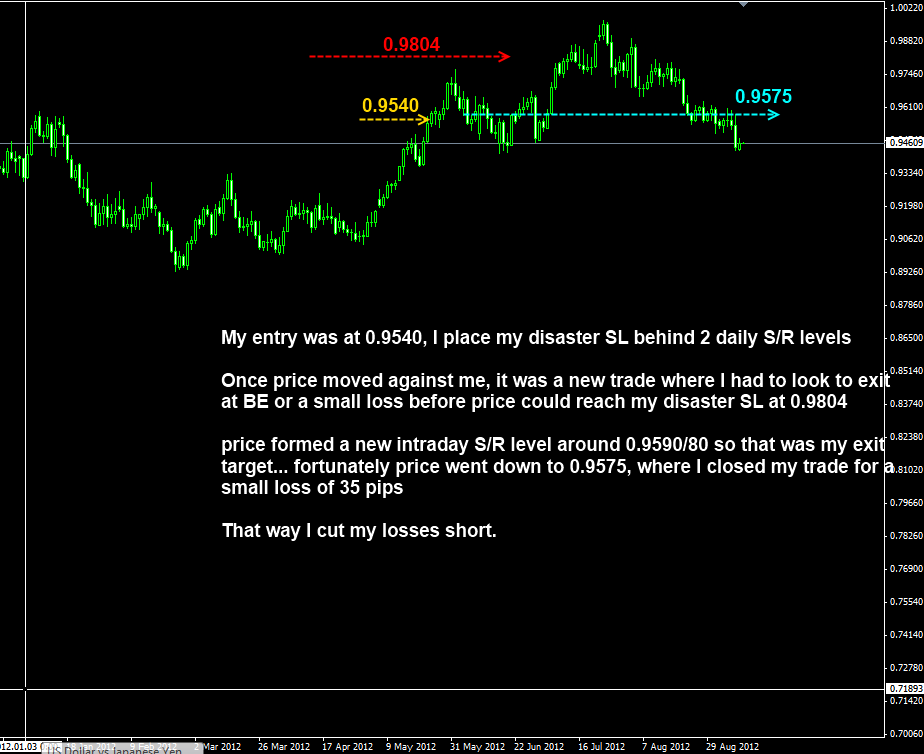Ok gang, here we are, The Trader’s Arms 2nd Floor. A new thread and I was going to change my screen name to something like ‘The Serial Pipper’ or ‘The Pip Slayer’ or ‘The Rotweiler Pip Slaying Ninja Seal SAS guy’. But I think I might stay with HoG. Might change my avatar later though. :16: (Wudya think ??)
If everything goes according to plan we should be able to run the 2nd floor with the focus firmly on trading, and the original Trader’s Arms for the …tangents we tend to go off on now and again.
So there are a couple of posts I’d like to make before we throw the doors open for discussion, so if the usual suspects could just bear with me until I get those out of the road, we’ll be good to go as soon as possible. The rest of this post is aimed squarely at BEGINNER TRADERS.
For the benefit of those who have found the Trader’s Arms for the first time, here is a very brief history. In May 2011 I opened a micro account with FXCM. At the end of August 2012 I finally blew that account. The reason I lost that account is very, very simple. AT BEST, I made a less than half hearted attempt to LEARN trading, and given that even that description is being kind to me, rather than sitting here now asking myself, “Why did I lose my account?”, a more apt question would surely be “Why did it take SO LONG for me to lose my account?”
It is extremely easy to fund an account, hit buttons and watch the show, (for a short while anyway until that account disappears), but LEARNING trading is a different thing all together. And since it is my long term goal to eventually trade for a living, LEARNING is what we have to do, properly this time. So we need to go back to the very start, and ask the questions that I should’ve asked as a complete beginner.
The trouble is though, when you ARE a complete beginner, you’re not really sure what those questions are, but now that I do have experience in trading, albeit very limited experience in the grand scheme of things, I think I do know now what those first few questions should be, and what order they should come in.
I would be prepared to wager that the first question the majority of new traders ask is one of the following;
- How do I learn to trade?
- How do I know if a currency pair is going up or down?
- How/Where do I find a strategy (or what IS a strategy?)
- When will I be able to buy my first yacht?
Many new traders may even have come across advice on the internet telling them to first look within themselves to distinguish what kind of trader they are best suited to be. Quick thinking, fast acting short term trader or thoughtful, deliberate longer term trader. So is that really the first question? What kind of trader will I be?
Hhhmmm…do me a favour. Give me 15 minutes of your life to watch this video and then we’ll decide.
[video=youtube_share;CDFC16ptx-0]http://youtu.be/CDFC16ptx-0[/video]
So now let me ask you two questions.
- What was the video about?
- What do you now think the first question you should ask yourself is when starting out in trading?
Well pure and simply the video was about commitment. It was a simple message that says if you want to be successful, if you want to achieve great things IN ANY ENDEAVOUR in life, then you’d better be COMMITTED. You’d better be prepared to put everything else on hold and give that thing your undivided, complete and full attention. Because if you’re not ready to give that commitment, then this time next year it’ll be you writing this post.
And that’s an iron clad, no money back, HoG guarantee !!
So the first question YOU, as a brand new trader, should ask yourself is this;
[U][B]“Should I even be here at all?”[/B][/U]
Because if you’re not ready and willing to put the effort in, the simple one word answer to that question is, [B][/B]NO !!
SO you better be ready, you better get your game face on and make a commitment. Make a commitment to learn, make a commitment to the fabulous bunch of experienced traders you’ll find on this forum who are in here giving out the benefit of their own hard work for free. If they’re willing to invest their time in us for nothing, then the LEAST we do is get off our arses and try our best.
But most of all make a commitment to yourself, I’m sure there is a better life out there just waiting for those who are prepared to work for it.
But I know it won’t be easy. You WON’T be the person who makes a million by minimal effort, I admire that optimism but it just won’t happen. If you don’t put in the effort to LEARN, the FX market, or ANY market for that matter, will run right over you and won’t even bother to look back to see if your still moving.
Hopefully, if you are new to trading, you’ll hang around and learn with me as I go. We might even throw in a bit of the motivational stuff along the way eh ST?
Two more posts and we’ll throw the doors open. Probably do them tomorrow as I’ve not made contact with my bed sheets for nearly 37 hours now.
Just before I go I’d like to say thanks to the Rocky fan for becoming a shoulder. It’s nice to know that there’s still good guys left out there.
HoG
 unless you spot a reversal pattern at S/R
unless you spot a reversal pattern at S/R







 ) lol…
) lol…

